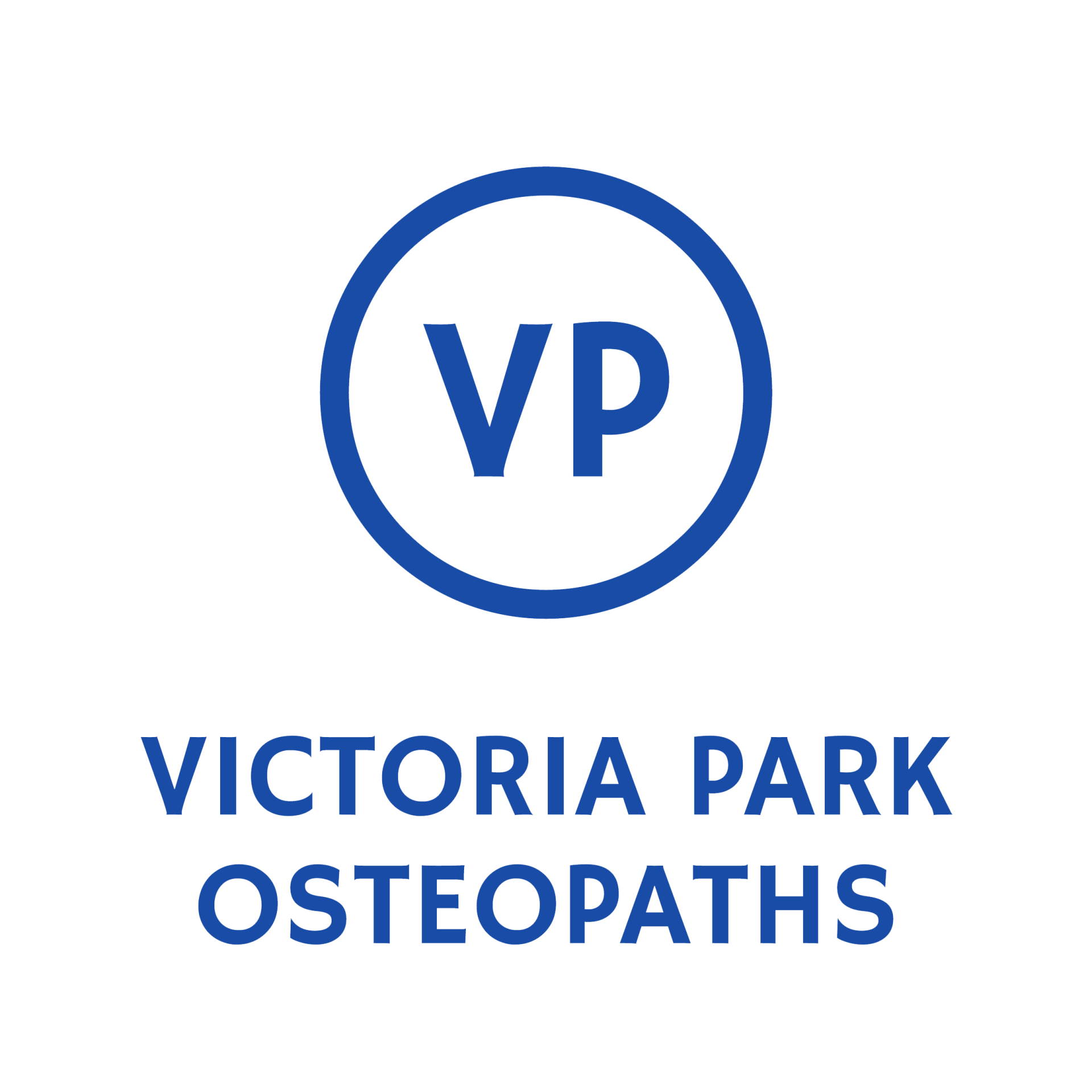Also known as SIJ Dysfunction or Sacroiliitis.
What is Sacroiliac Joint Pain?
The sacroiliac joints sit at the base of the spine, connecting the sacrum (tailbone area) to the pelvis on each side. They play a crucial role in transferring load between the upper body and the legs. When these joints become irritated, restricted, inflamed, or overly mobile, it can lead to sacroiliac joint pain.
SIJ pain is often felt in the
lower back, buttock, or posterior hip and can be mistaken for sciatica, disc problems, or hip pathology.
Symptoms & What You May Experience
Common features include:
- Aching, sharp, or stabbing pain in the buttock, lower back, or back of the hip
- Pain that may refer into the groin and thigh, but usually not below the knee
- Discomfort when standing up from sitting, rolling in bed, or climbing stairs
- Pain after walking, long car journeys, or standing on one leg
- Feeling of stiffness around the pelvis or lower back
- Pain that may be one-sided or alternate sides
- Tenderness over the SIJ area when pressed
Pregnancy, pelvic asymmetry, or previous injuries can increase susceptibility.
What causes Sacroiliac Joint Pain?
SIJ pain can stem from:
- Joint irritation or inflammation
- Ligament strain or laxity (Hypermobility
- Pregnancy or postnatal changes
- Pelvic asymmetry or imbalance
- Poor gluteal/core muscle support
- Altered gait or biomechanics
- Falls, twisting injuries, or overexertion
- Arthritis or degenerative changes
It can also be secondary to compensation from hip, spinal, or leg issues.
How We Help (At Victoria Park Osteopaths)
Treatment is tailored to improve mechanics, reduce pain, and stabilise the joint. We may use:
- Manual therapy and mobilisation to improve alignment and joint movement
- Soft tissue techniques for gluteal, lumbar, and pelvic muscles
- Pelvic stabilisation exercises for the glutes, core, and deep hip muscles
- Postural and ergonomic advice (e.g. lifting, sitting, standing habits)
- Sacroiliac support belts in certain cases (e.g. pregnancy-related pain)
- Gait and movement retraining
- Adjunctive therapies such as taping, acupuncture, or dry needling
Treatment also considers contributing areas like the lumbar spine, hips, and knees.
Recovery Time & What to Expect
- Many people improve within 4–8 weeks with appropriate management
- Chronic or recurrent cases may need longer-term rehabilitation and movement retraining
- Strengthening and postural work plays a vital role in preventing flare-ups
- Most patients can return to normal activity with guided treatment
When to Seek Medical Review / Red Flags
Further medical evaluation is recommended if you experience:
- Severe or unrelenting pain not eased by rest
- Pain with fever, illness, or weight loss
- Pins and needles, numbness, or leg weakness
- Persistent night pain
- History of inflammatory conditions or trauma


